Hyundai
$HYUD
$005380 will soon have more EVs with NACS plugs than Tesla $TSLA (-6,86%)
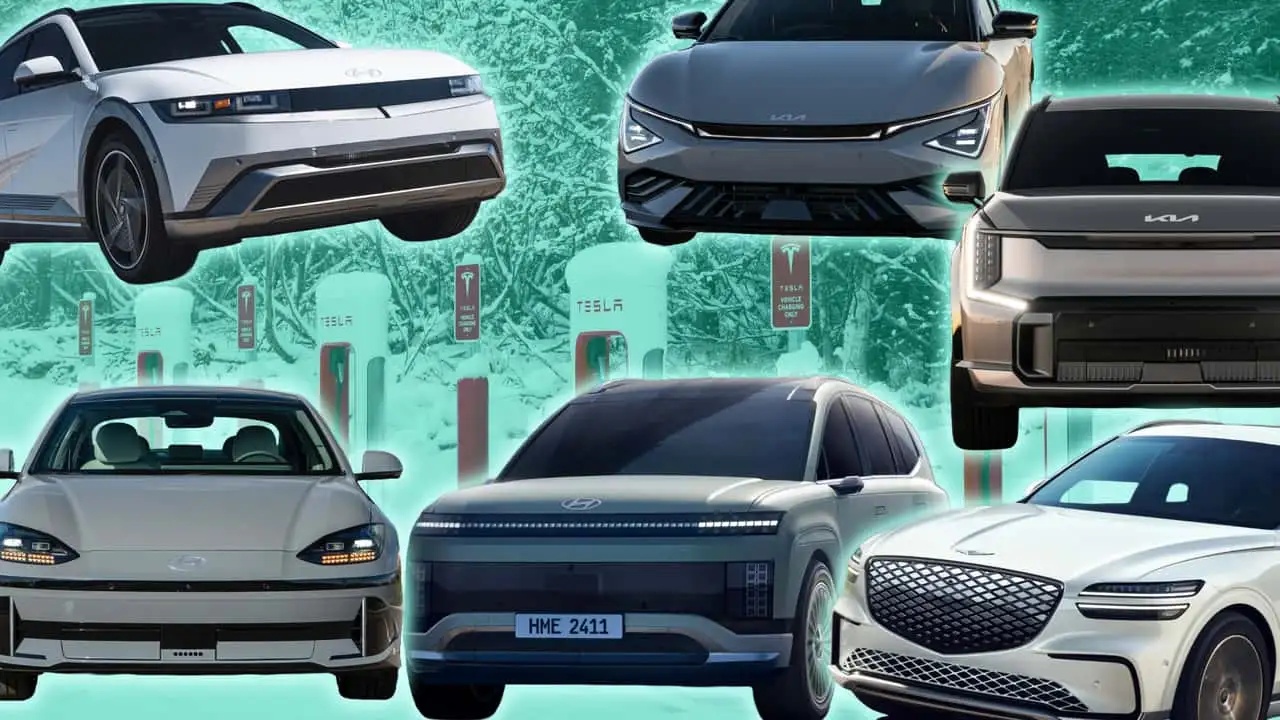
Hyundai Motor Group has quickly become one of the biggest challengers to Tesla's dominance in electric vehicles. In terms of electric vehicle sales in the US, Hyundai is still a distant second. But the South Korean automaker is hot on Tesla's heels in another way: electric models equipped with Tesla's charging port design, known as the North American Charging Standard (NACS).
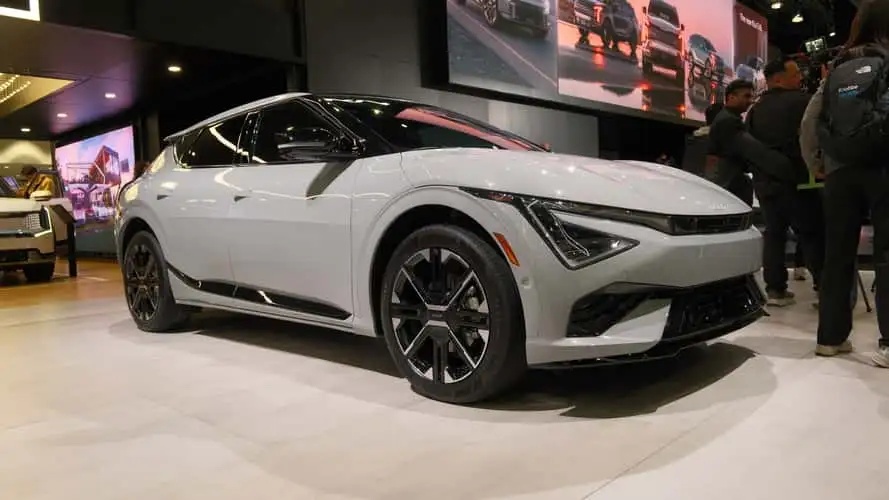
The Hyundai Motor Group brands - Hyundai, Kia and Genesis - are on track to sell as many NACS-equipped models as Tesla itself. This is a sign that the transition of the entire car industry from the older standard to NACS is in full swing. And the Hyundai Motor Group is leading the way in this area.
"A massive barrier to entry is the accessibility of the infrastructure, so I think it was easy to say, 'Hey, if we're going to do it, let's do it fast,'" Andre Ravinowich, senior manager of product planning at Hyundai, said in an interview with.
Hyundai's brands have so far announced five vehicles that will be factory-equipped with NACS connectivity, three of which debuted last week at the Los Angeles Auto Show. These are the Hyundai Ioniq 5 (2025), the Hyundai Ioniq 9 (2026), the Kia EV6 (2025), the Kia EV9 (2026) and the electrified Genesis GV70 (2026). They are not yet on the road, but will be in the coming months.
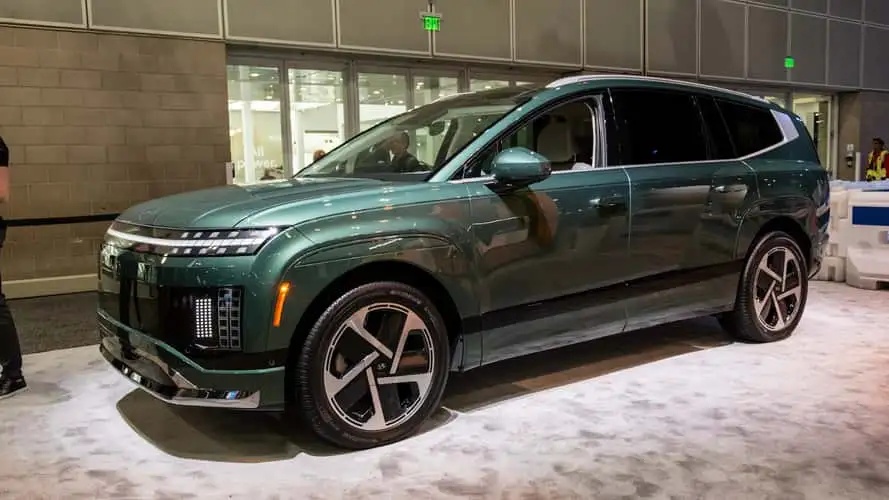
Hyundai's statements and photos so far also suggest that an updated Ioniq 6 sedan will also use the NACS connector: "In the United States, all new or refreshed Hyundai EVs will come exclusively with a NACS connector starting in Q4 2024... Tesla's commitment to expanding its network will improve customer access to charging outside the home and fully support the ultra-fast charging speeds of Hyundai's advanced Electric-Global Modular Platform (E-GMP) vehicles, including the Ioniq 5, Ioniq 6 and upcoming EV models."
With this move, Hyundai Motor Group has practically overtaken the entire auto industry. While all major automakers have stated that they would switch to Tesla's plug-in design in exchange for access to Tesla's vast Supercharger network, hardly any of them have NACS-equipped models coming to the road anytime soon.
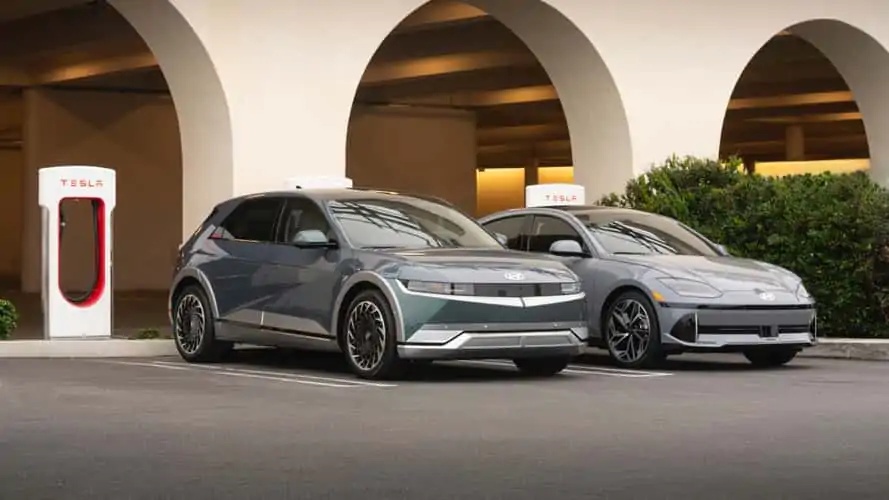
In the past, Superchargers were exclusive to Tesla owners, and other cars were not compatible with them on both the hardware and software side. Starting with Ford last year, various car manufacturers have struck deals with Tesla to give their customers access - initially via adapters and later via NACS connectors built into their vehicles.
The company wanted to act quickly as access to charging stations is one of the biggest barriers to the uptake of EVs. The collaboration with Tesla will give owners of Hyundais and other participating brands access to a further 17,000 charging stations and counting.
"If it's something that needs to be universally accessible, you're not helping the public if you have an A and a B and you're not giving the public access to both," Steve Center, COO and executive vice president of Kia America, said last week. "Which should be the standard? I don't know, I don't care. Right now, there are more of these chargers," he said, referring to Tesla's Superchargers.
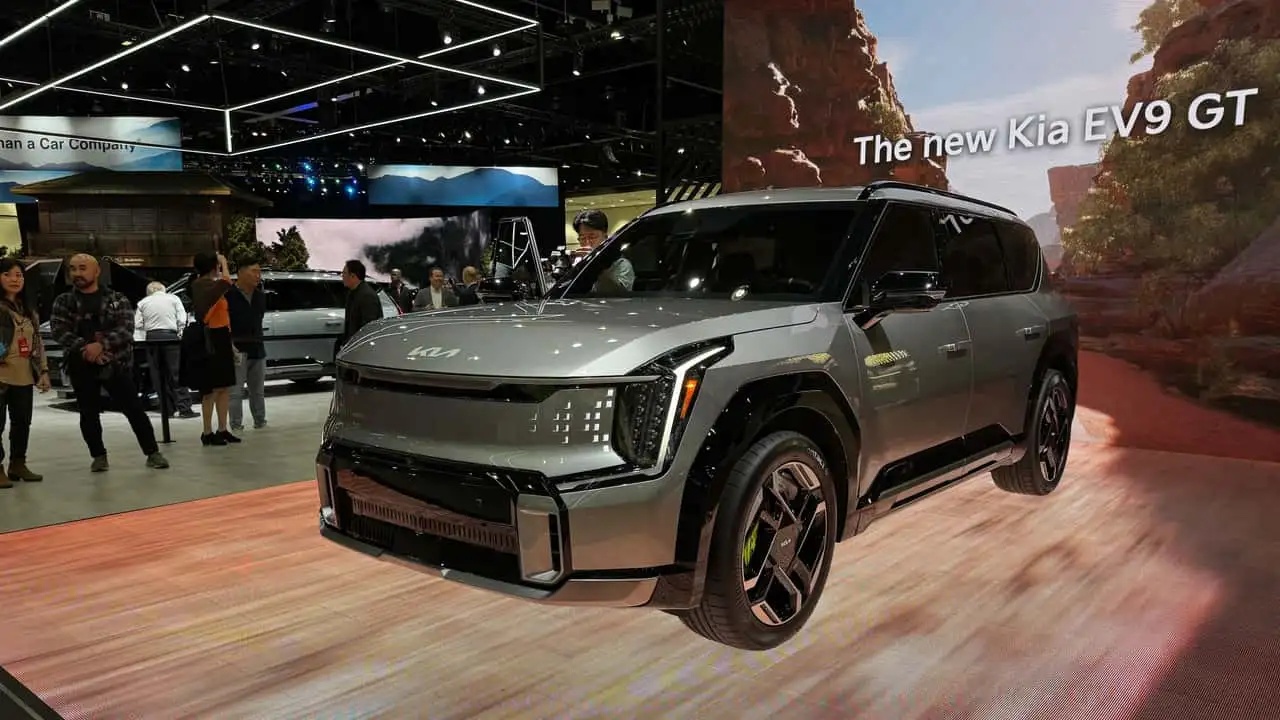
Timing was also on the company's side, officials said. The Ioniq 9 is a brand-new model that will be launched next spring, while the other models were due for a mid-cycle refresh anyway. This presented an opportunity to change the charging port. In the case of the EV6, Kia moved the charging port from the right to the left rear, adopting the layout of the Tesla cars. With EVs that have their ports in other locations, sometimes multiple Supercharger stations have to be blocked just to plug them in, and Kia wanted to make Supercharging more convenient.
Meanwhile, other brands have not been as quick to introduce NACS-compatible vehicles. Ford refreshed the Mustang Mach-E crossover for the 2024 model year, missing the boat. General Motors has launched several new electric cars this year, and Cadillac will be launching several models soon, but we haven't seen any vehicles with a native NACS interface yet. Porsche has just started shipping its electric Macan, which also uses the old standard. These projects were probably all well into development when the Tesla business took off.
So it should only be a matter of time before the Hyundai Motor Group has more models with a NASC interface in its portfolio than the top dog itself 👍


